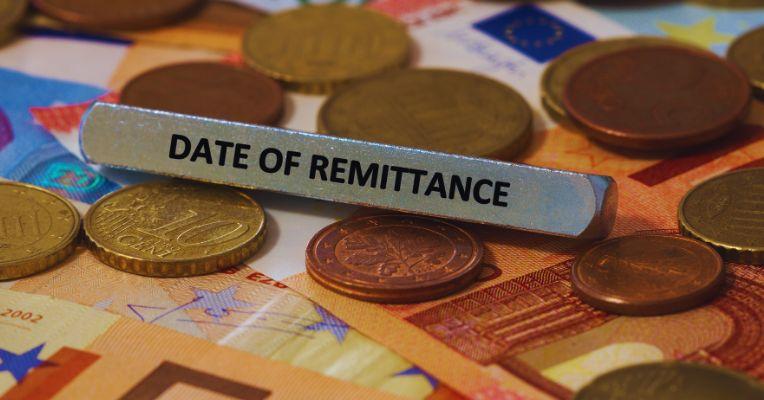To meet the conditions set by the International Monetary Fund (IMF) and other creditors like the World Bank, the federal government has announced a ban on double pensions for its employees. This move is part of efforts to reduce financial liabilities and meet economic requirements.
Overview of Pension Ban
| Action | Details |
|---|---|
| Ban on Double Pensions | Employees can only claim one pension at a time |
| Reason | IMF and creditors’ conditions |
| Impact | Employees with multiple pensions must choose one |
Changes in Pension Calculation
The pension calculation method has also been revised. Earlier, pensions were calculated based on the last 30 years of service, but now, it will only consider the average salary from the last 24 months before retirement. This change aims to make pension calculations more manageable for the government.
Pension Calculation Changes
| Old Method | New Method |
|---|---|
| Based on last 30 years of salary | Based on the average salary of the last 24 months |
| More complex | Simpler and more focused on recent income |
New Rule for Multiple Pensions
Employees who are eligible for more than one pension will now be required to choose which one to keep. However, if a pensioner or their spouse is still working, they can receive the pension of their partner alongside their own. This ensures some financial support while managing pension costs.
Multiple Pensions Rule
| Condition | Details |
|---|---|
| Multiple Pensions | Employees can only choose one pension |
| Spouse’s Pension | Working spouse can receive both pensions |
Revised Pension Increases
The method for increasing pensions has also been changed. Increases will now be calculated based on the gross pension minus the amount already taken during retirement (commuted portion). These increments will remain separate until reviewed every three years.
Pension Increase Methodology
| Old Method | New Method |
|---|---|
| Regular increments | Separate increments based on the gross pension |
| Not reassessed regularly | Pension reassessment every 3 years |
Reason Behind the Reforms
The government has introduced these changes to manage increasing pension liabilities, which are similar to the rising debt burden of the country. The new reforms are seen as critical to maintaining fiscal discipline and managing state finances more efficiently.
Reasons for Reform
| Reason | Details |
|---|---|
| Managing Pension Liabilities | To reduce the financial burden of pensions |
| Rising Debt | Pension costs mirror the country’s debt issues |
| Government Review | Comprehensive reassessment every 3 years |
Summary
These pension reforms aim to streamline the system and reduce financial liabilities in line with international expectations. The changes are necessary for fiscal stability and ensure that the government can meet IMF conditions. Although the process of adjustment might be challenging for some, it is essential for managing the country’s economic health.





